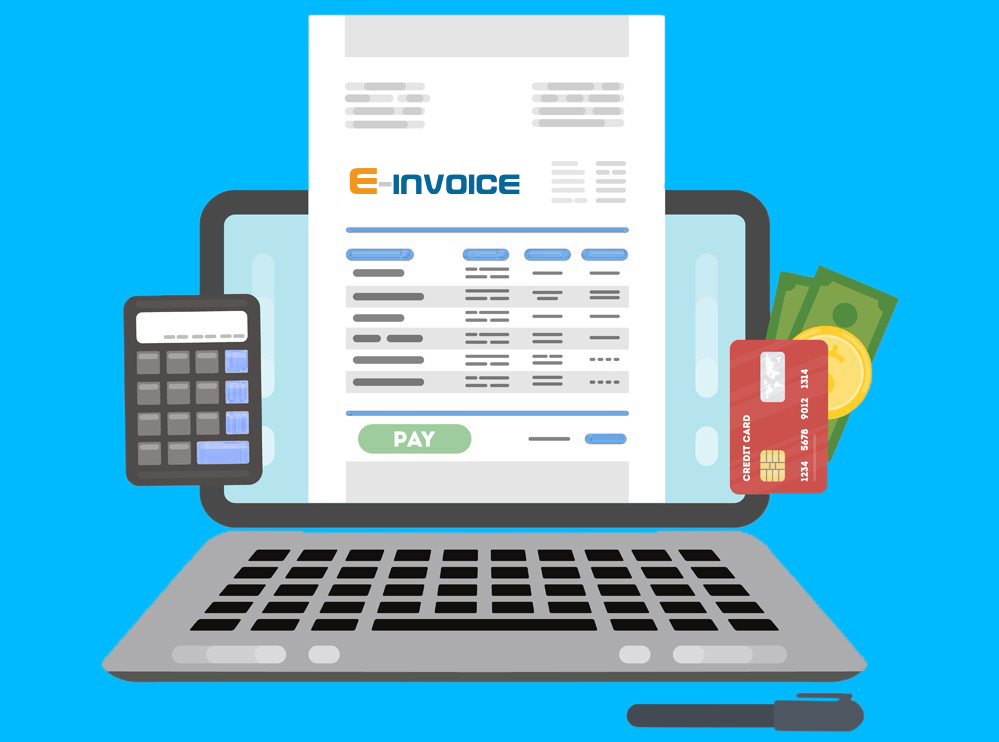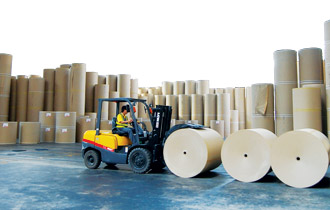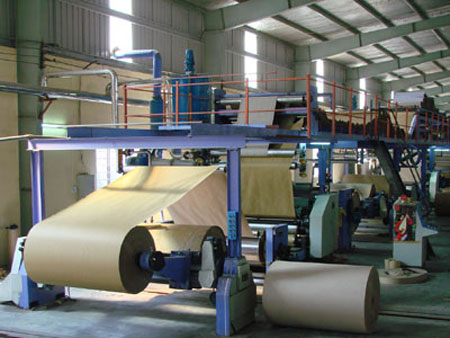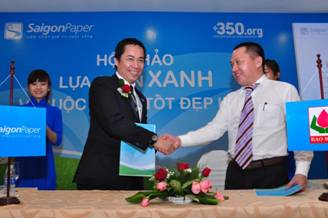Packaging industry continues to demand new solutions
Market News
Global demand for functional and barrier coatings in paper and paperboard applications, is forecast to grow by 4.9% year-on-year to $5.18 billion by 2022.
Exclusive data from the new Smithers Pira report – The Future of Functional and Barrier Coatings for Paper and Board to 2022 - determines that future growth will be driven by a resurgent global outlook and the greater penetration of into transition economies. The Asia-Pacific market will represent over 54% of worldwide functional and barrier coatings use by 2022, up from 46% in 2012, with Japan the only major economy in the region expected to have a reduced demand. China leads the way with 34.2% of world consumption.
Peter A. Signoretti, author of the report, comments: “There are many demands from the market that require a growing number of substantial advances in technology, leading to greater innovation at numerous levels. Market demands for more sustainable packaging are increasing, as are regulatory requirements that are forcing companies to consider new alternatives.
“The rate of technology change continues to challenge the industry, and the packaging industry continues to demand new solutions from functional and barrier coating suppliers. When implementing new and innovative technologies suppliers will be required to stay relevant to the market.”

The food and beverage market will continue to dominate demand for paper and paperboard packaging, and the need for functional and barrier properties. Aseptic packaging continues to expand the use of aluminium foil as a barrier coating for paperboard packaging, while water-based, other high-barrier coatings and biopolymers are expected to make inroads into more traditional petroleum-based wax and plastic laminate paperboard products for fresh food bakery, frozen food and takeaway applications. Novel water-based alternative solutions to silicone in baked goods markets and safer solutions to replace fluorochemicals will continue to be active.
Cost will continue to drive the market to search for innovative approaches to replace fibre content. The use of micro-fibrillated cellulose and functional coatings will reduce the amount of fibre needed, while maintaining package strength and integrity. Paper and paperboard laminations will be looked at harder for these types of applications. Paper converters are under pressure from consumer brands to reduce waste, emissions, volatile chemicals and any hazardous processes. This is putting pressure on packaging companies to provide products with safer and more sustainable functional and barrier coating options.
The ever-growing e-commerce market will also play a role in future growth, and functional and barrier coating technology will be expected to provide the properties needed to ship more products directly to shoppers worldwide. Food products in particular will need insulating, and lower cost and sustainable products are being sought to replace non-sustainable materials like expanded polystyrene, wax, polyethylene, and polyvinylidene chloride (PVdC). The potentially expanded use of drone delivery will also require tougher and innovative packaging alternatives.
0 bình luận
Viết bình luận
tin liên quan
Tin mới nhất
THÔNG BÁO KẾT QUẢ CHƯƠNG TRÌNH "KHAI XUÂN PHÚ QUÝ – LÌ XÌ HẾT Ý 2024"
16-03-2024 | Tin Tức Công Ty
875 Lượt xem
0 bình luận
THÔNG BÁO VỀ VIỆC THAY ĐỔI ĐỊA CHỈ CỦA VĂN PHÒNG ĐẠI DIỆN TẠI TP. HỒ CHÍ MINH
29-12-2023 | Tin Tức Công Ty
1843 Lượt xem
0 bình luận
tin nổi bật
THÔNG BÁO KẾT QUẢ CHƯƠNG TRÌNH "KHAI XUÂN PHÚ QUÝ – LÌ XÌ HẾT Ý 2024"
16-03-2024 | Tin Tức Công Ty
875 Lượt xem
0 bình luận
Thông báo kết quả trúng thưởng chương trình “Hái Lộc Đầu Xuân Năm 2022”
10-03-2022 | Tin Tức Công Ty
2969 Lượt xem
0 bình luận
tin được xem nhiều nhất
Nguyên liệu ngành giấy: Thiếu nhưng vẫn lãng phí
29-11-2010 | Thông tin thị trường
42737 Lượt xem
0 bình luận
tin theo danh mục
- Thông tin thị trường
- Hoạt động xã hội
- Hoạt động công ty
- Hành trình 20 năm
- Tin Tức Công Ty
- Điều khoản sử dụng
TIN TỨC THEO NĂM









